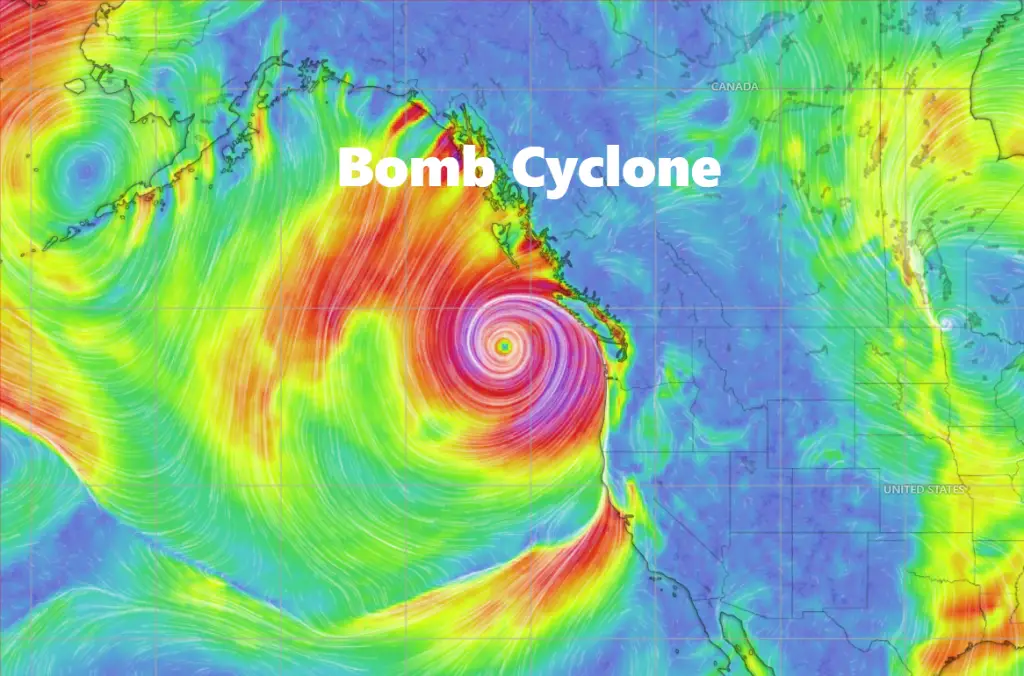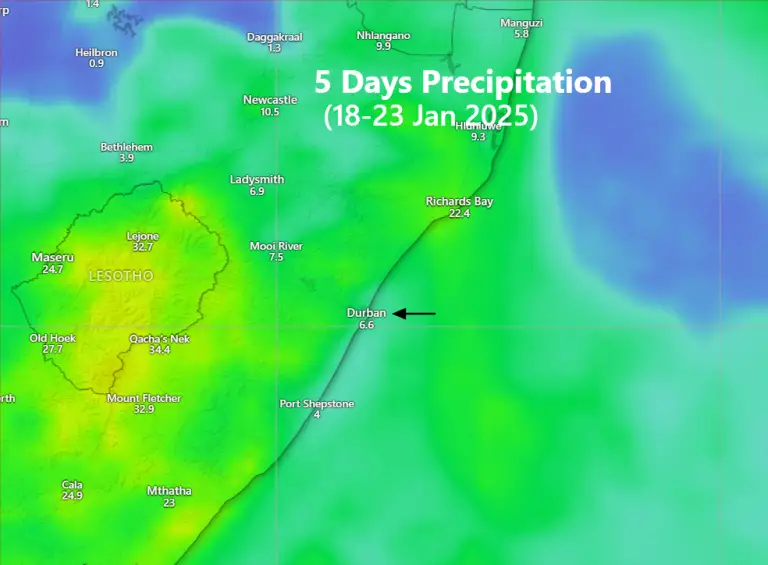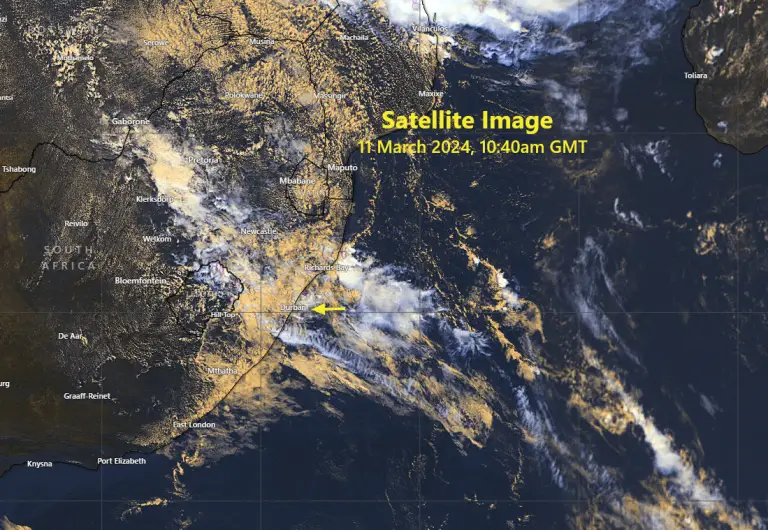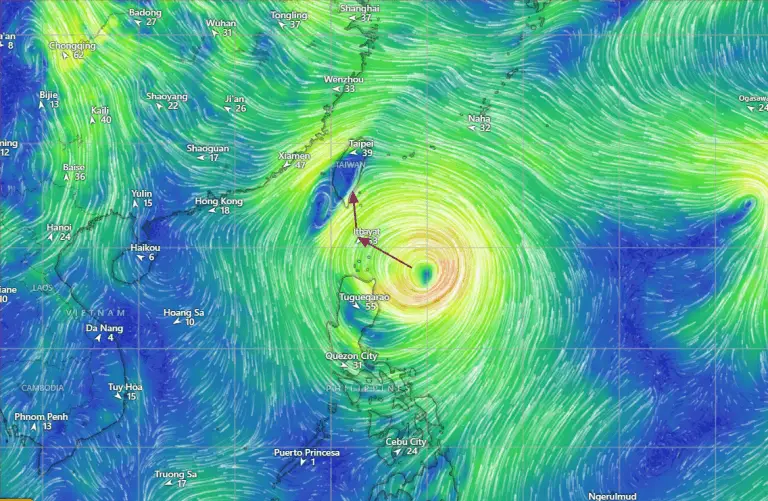
Devastating Bomb Cyclone Hits US Northwest and Western Canada: High Winds, Snow, and Flooding
A massive storm system, classified as a bomb cyclone, is wreaking havoc across the US Northwest and parts of western Canada, bringing flooding, snow, and fierce winds to more than seven million residents along the Pacific Ocean. This rare and intense weather event has caused widespread disruption, from power outages to severe property damage, and has already claimed one life.
What Is a Bomb Cyclone?
A bomb cyclone occurs when a storm’s central air pressure drops by at least 24 millibars within 24 hours, signifying rapid intensification. This phenomenon derives its name from the “explosive” power of the storm system, which can unleash extreme weather, including blizzards, thunderstorms, and heavy rainfall.
These cyclones are often fueled by atmospheric rivers, narrow corridors of concentrated moisture in the sky, which play a significant role in driving excessive precipitation.
The Impact: Power Outages, Fallen Trees, and Casualties
High Winds and Widespread Power Loss
The storm has led to massive power outages, particularly in Washington state, where over 600,000 households were left without electricity. In northern California, around 15,000 customers are also experiencing outages. In British Columbia, Canada, gusts of up to 100 mph (160 km/h) knocked out power for over 140,000 residents.
Trees Topple, Blocking Roads and Damaging Homes
In Washington, strong winds have brought down trees across cities, damaging homes and blocking major roadways. The Bellevue Fire Department urged residents to avoid venturing outside, recommending that people stay on the lowest floors of their homes and away from windows.
Tragically, a fallen tree caused the death of a woman in Lynwood, north of Seattle, when it collapsed on a homeless encampment. Emergency services have responded to numerous similar incidents, highlighting the severity of the storm’s impact.
Torrential Rain, Snow, and Mudslides by the Bomb Cyclone
Washington State and Northern California
Washington’s coastal areas are experiencing a deluge of rainfall, with some regions bracing for up to 8 inches (20 cm). Northern California has been placed under a high-risk alert by the US Weather Prediction Center (WPC) for excessive rainfall, raising concerns over flash flooding, mudslides, and rockfalls. The San Francisco Bay Area is among the hardest-hit regions.
Heavy Snow in High-Elevation Areas
The storm has created blizzard conditions in the Cascade Mountain Range, which spans both the US and Canada. Heavy snowfall is expected to disrupt travel and potentially cause avalanches. This snowstorm could exacerbate existing hazards in higher altitudes.
Canada Feels the Impact of the Bomb Cyclone
In British Columbia, wind damage has been the primary concern. The coastal region near Vancouver Island has reported hurricane-force winds, and the British Columbia Hydro and Power Authority is working to restore power to affected residents. Communities in both nations are grappling with debris, fallen power lines, and disrupted transportation.
What Are Atmospheric Rivers?
Atmospheric rivers, often referred to as “sky rivers”, are narrow bands of moisture-laden air that travel from tropical regions to other parts of the world. These streams can carry enormous amounts of water vapor, comparable to the flow of large rivers, and are responsible for heavy precipitation when they make landfall. When combined with a bomb cyclone, they intensify the storm’s impact, creating prolonged rain, snow, and flood risks.
What to Expect in the Coming Days
While the winds are expected to weaken by midday Wednesday, meteorologists warn that the atmospheric moisture feeding the storm will linger through the week, especially in northern California. Communities should prepare for prolonged heavy rainfall, snow, and potential flooding as conditions persist.
Precautions for Residents for the Bomb Cyclone
- Stay Indoors: Avoid venturing outside during high winds. Seek shelter on the lowest floor of your home, away from windows.
- Monitor Alerts: Keep an eye on weather updates and evacuation notices.
- Emergency Kits: Ensure access to flashlights, batteries, non-perishable food, and water.
- Travel Caution: Avoid non-essential travel, especially in areas prone to flooding or heavy snow.
A Look Ahead: Weather Trends in North America
This storm marks another instance of climate-driven extreme weather. Experts are studying how climate change impacts atmospheric rivers and bomb cyclones, making such events more frequent and severe. As the region braces for recovery, the interplay of weather systems remains a stark reminder of nature’s power.
If You are in an old update, Check new updates here (Click Me)
Advertisements



